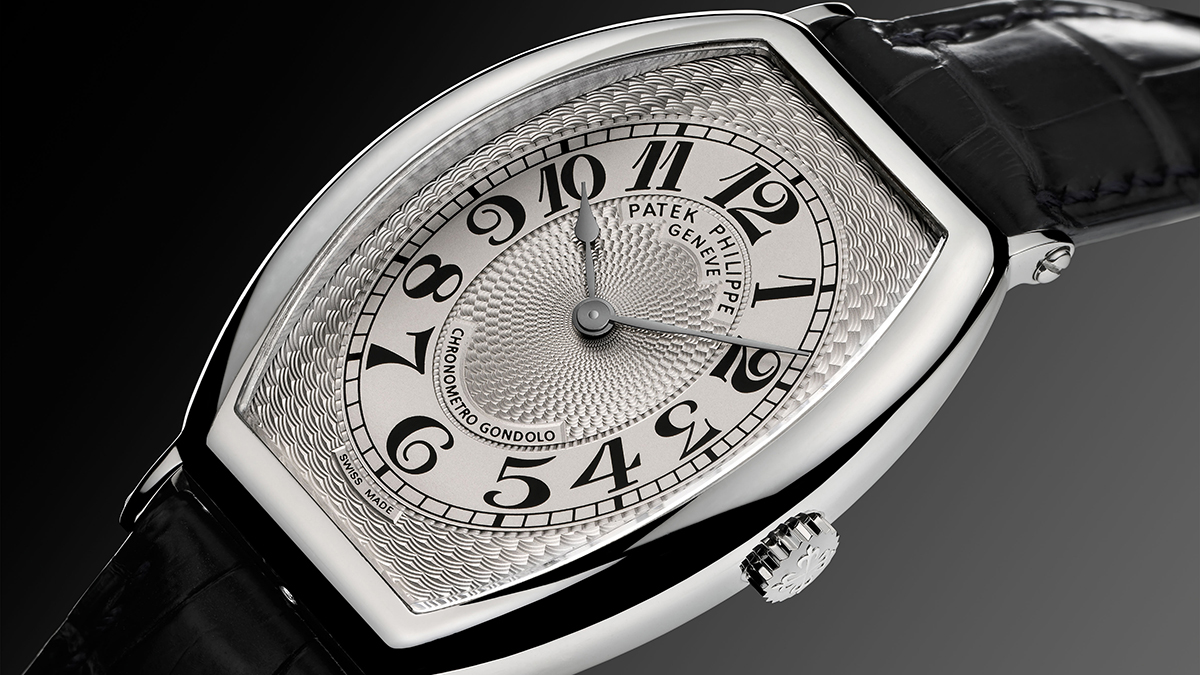Making faces: A visit to dial maker Cadrans Flückiger
A Swiss specialist dial maker applies 150 years of expertise to make fabulous fronts for the finest timepieces, reports Ian Thorley

Little over an hour away from the bright neon watch logos adorning the buildings near Lake Geneva lies the true heart of Swiss watchmaking – the Jura mountains.
The industry developed in these hidden valleys as artisan watchmakers worked, often on their own, cut off from civilisation by deep snow for months at a time. Here, a man had a great deal of time to kill; the choices were to go mad or make watches. The Swiss of the Jura chose the latter.
Nowadays, transport links and infrastructure mean a great deal of the offices and factories have moved to Geneva, but some specialists and manufacturers remain in the Jura, such as the dial maker Cadrans Flückiger.
The Week
Escape your echo chamber. Get the facts behind the news, plus analysis from multiple perspectives.

Sign up for The Week's Free Newsletters
From our morning news briefing to a weekly Good News Newsletter, get the best of The Week delivered directly to your inbox.
From our morning news briefing to a weekly Good News Newsletter, get the best of The Week delivered directly to your inbox.
The firm is based in a lush valley where small dairy farms are still the main industry and little has changed in 150 years. The same had been true for Cadrans Flückiger until around a decade ago, with the dial makers working in ways hardly dissimilar from when the firm was founded in 1860.
But with demand soaring for ever more complicated watches, the firm began to introduce new technologies to produce the most desired decorative effects. Dial production shifted from 20 distinct stages to around 40 to 100, in an overall process that usually takes three to four months to complete. In 2004, the leading watch company Patek Philippe acquired the Flückiger factory. Since then it has doubled the staff and replaced the majority of the equipment.
As the most visible part of the watch, the dial contributes so much to the overall look and feel of the final product. Cadrans Flückiger has mastered every technique to fulfil designers’ desires for decoration. Very precise repetitive patterns can be engraved in a process called guilloché. Popular requests include two-tone, satin effect, gold-dusting, polished lacquer or even a matt finish created by incorporating chalk.
So next time you marvel at the beauty of a Patek Philippe watch, spare a thought for the dial makers in the land that time did not forget.
A free daily email with the biggest news stories of the day – and the best features from TheWeek.com
Ian Thorley’s love of timepieces began as a child when he found a stopped watch. In imitation of Uri Geller, he tried to restart it by thinking hard about it ticking. ‘Hey presto, it did.’
-
 Political cartoons for December 13
Political cartoons for December 13Cartoons Saturday's political cartoons include saving healthcare, the affordability crisis, and more
-
 Farage’s £9m windfall: will it smooth his path to power?
Farage’s £9m windfall: will it smooth his path to power?In Depth The record donation has come amidst rumours of collaboration with the Conservatives and allegations of racism in Farage's school days
-
 The issue dividing Israel: ultra-Orthodox draft dodgers
The issue dividing Israel: ultra-Orthodox draft dodgersIn the Spotlight A new bill has solidified the community’s ‘draft evasion’ stance, with this issue becoming the country’s ‘greatest internal security threat’